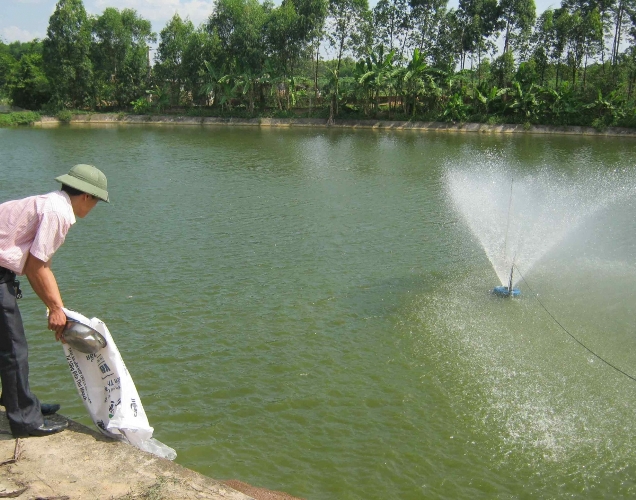
In aquaculture water, there are 5 groups of microorganisms and algae:
In aquaculture water, there are 5 groups of microorganisms and algae:
• Algae - phytoplankton (algae)
• Bacteria
• Fungal spores (fungi)
• Viruses
• Zooplankton
Common groups of algae in aquaculture ponds:
• Blue green algae
• Dinoflagellate algae
• Diatom algae
• Green algae
The impacts of algae to aquatic life in ponds and lakes:
• Algae affect the balance of oxygen and CO2 in water:
- During the day, under the influence of sunlight, algae use CO2 as a material for photosynthesis that produces oxygen (O2).
- When there is no sunshine, rain and at night, algae use oxygen (O2) for respiration.
- Thus, the amount of dissolved oxygen (DO) in water fluctuates significantly: high at noon and low at down.
- Algae indirectly affect the pH value of water.
• Blue green algae: This group of algae is harmful to shrimp. Rakhoroni algae cause scum on the water surface, like Microcytis sp., it makes shrimp smell fishy and foul; it discharges gel through cell membrane, and cause blockage in shrimp’s gills.
• Dinoflagellate algae: There are many types of algae in this group conveying toxins that can make shrimp die.
• Diatom algae: diatoms are feed of post-larval (E.g.: Chaetoceros sp., Skeletonema sp.). The life cycle of algae in this group is relatively short, so they easily cause water color change.
• Green algae: this group contains no toxicity, usually has small size and doesn’t make shrimp smell. It has long lifetime, which can stabilize water color. Chlorella sp. algae are in this group.Chlorella sp. has the ability to prevent the growth of Vibrio bacteria.
The amount of algae and types of algae in the water can greatly affect color and turbidity of aquaculture water.
Source: thuysan247.com

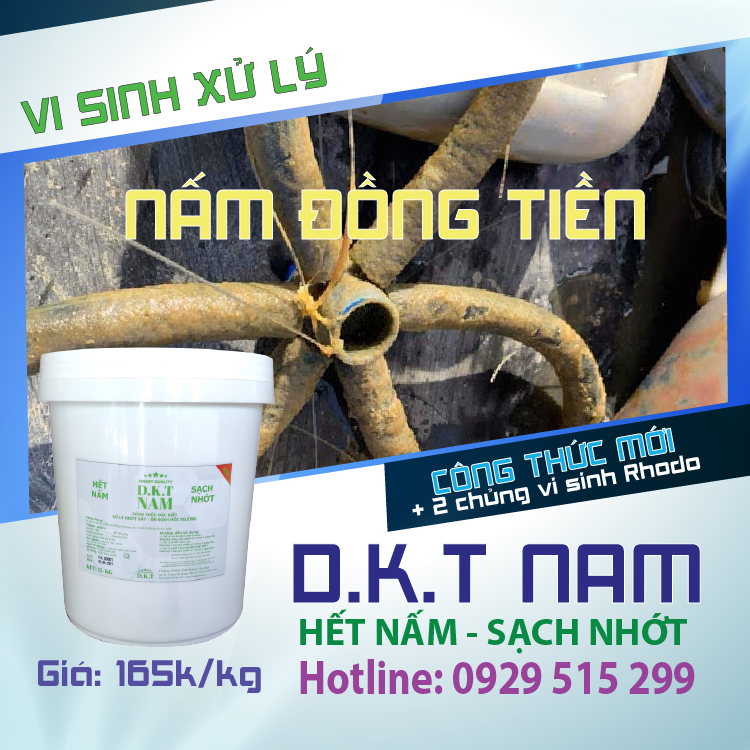

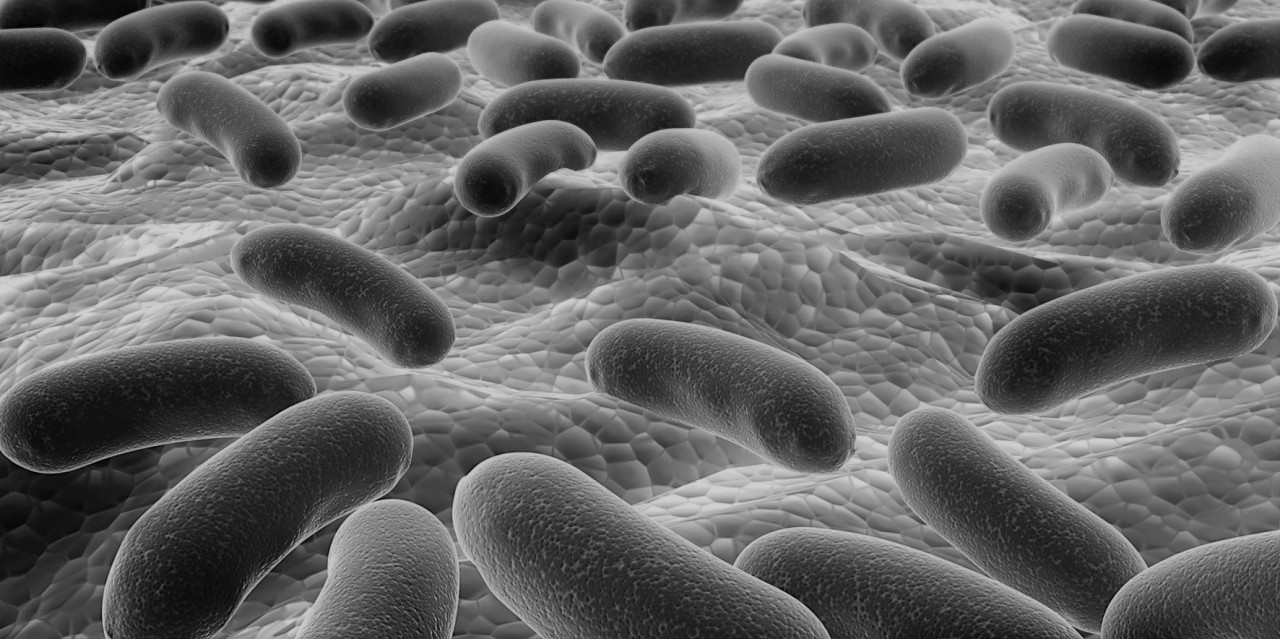
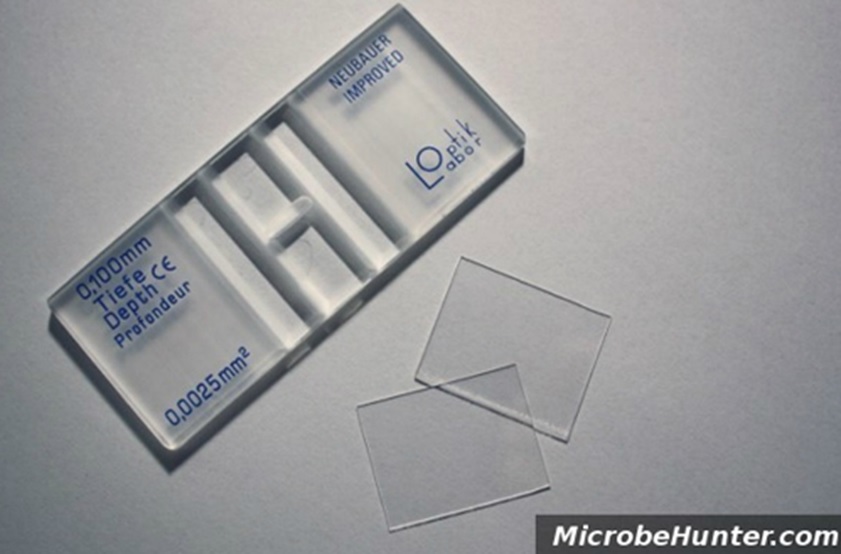
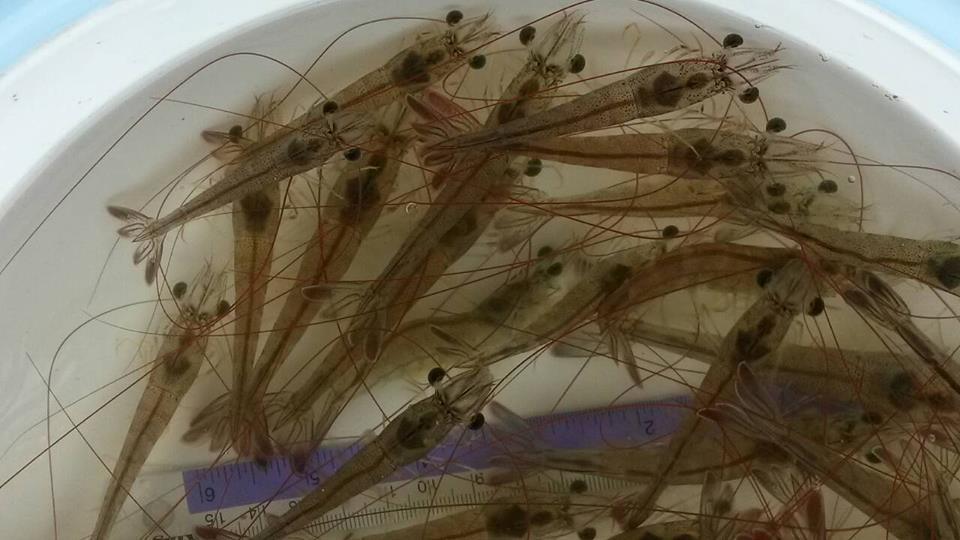
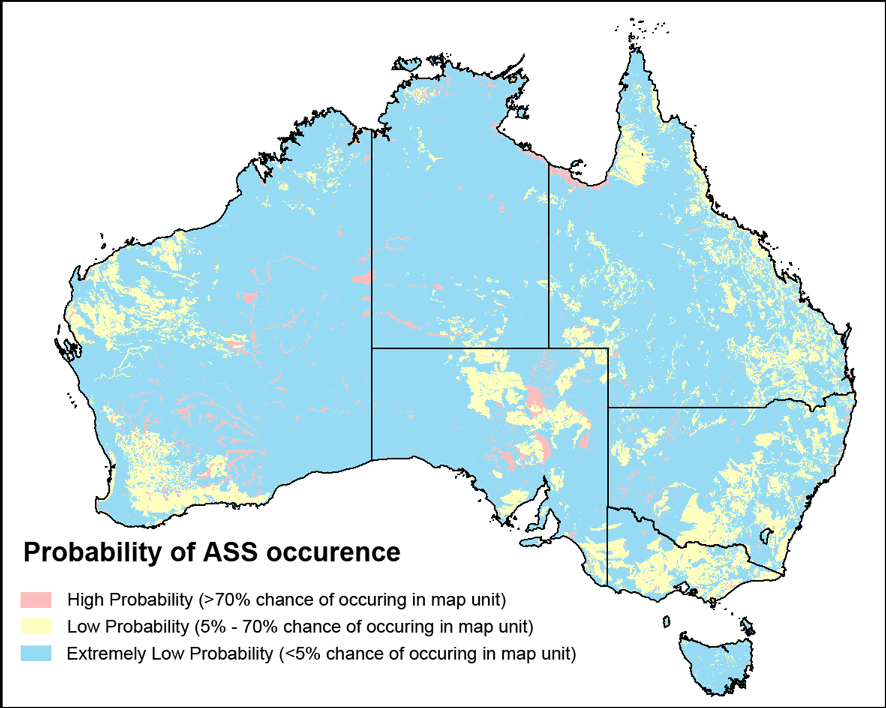


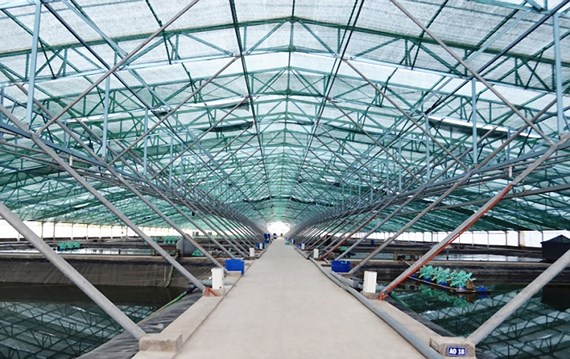

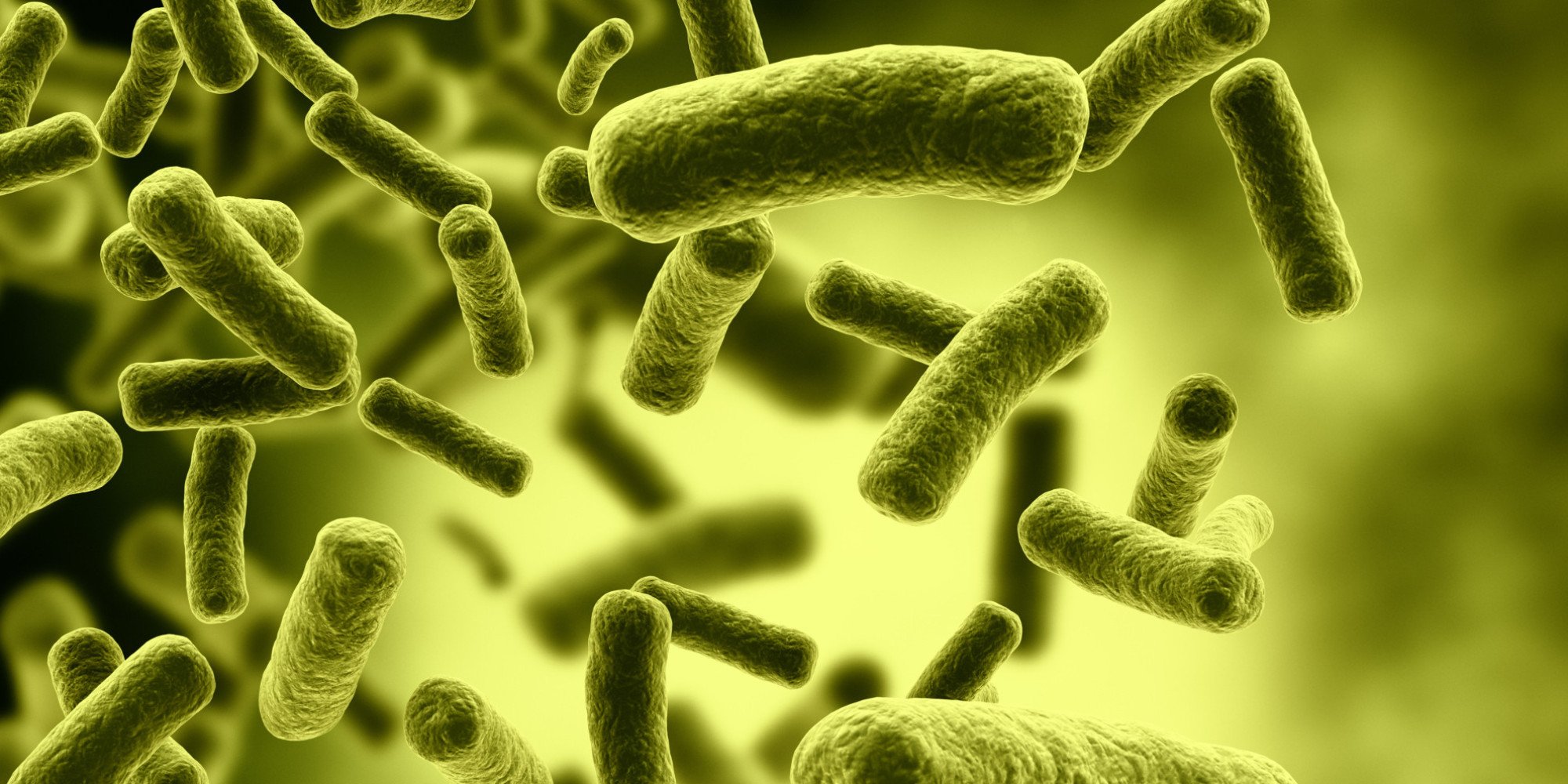
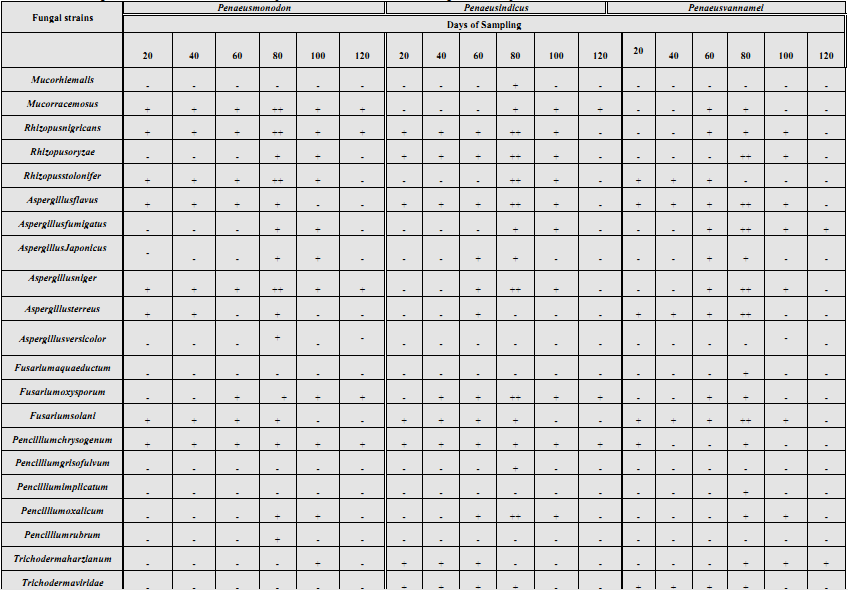
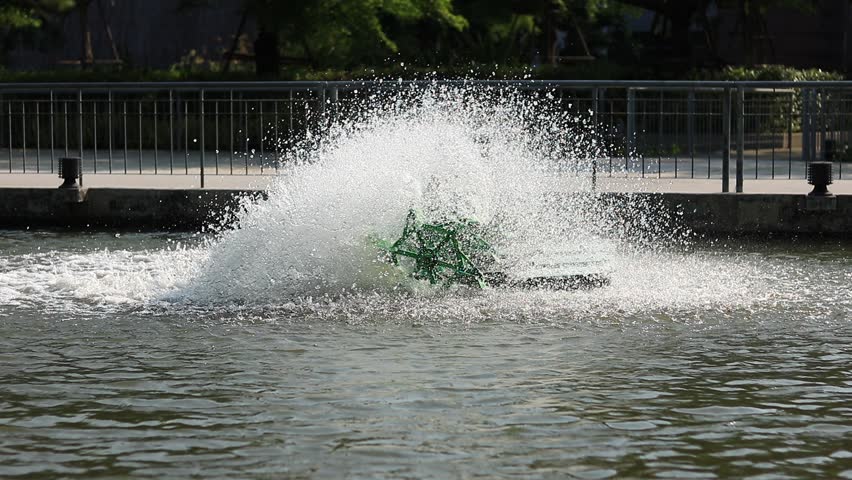
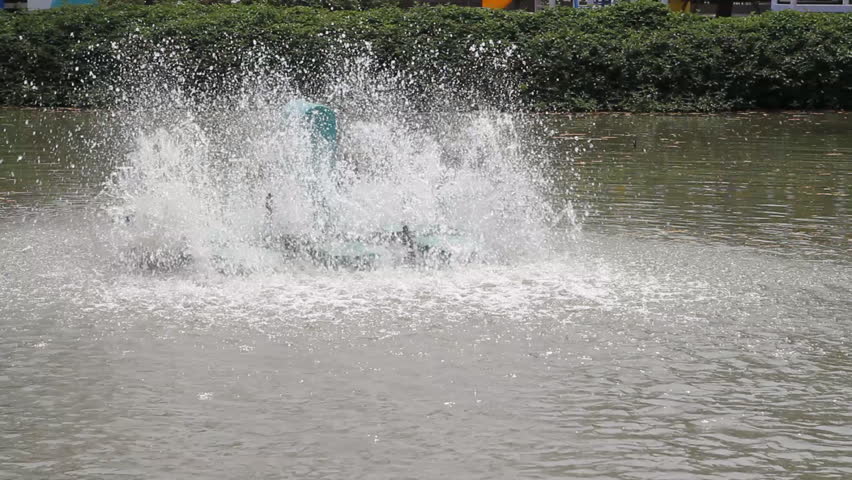
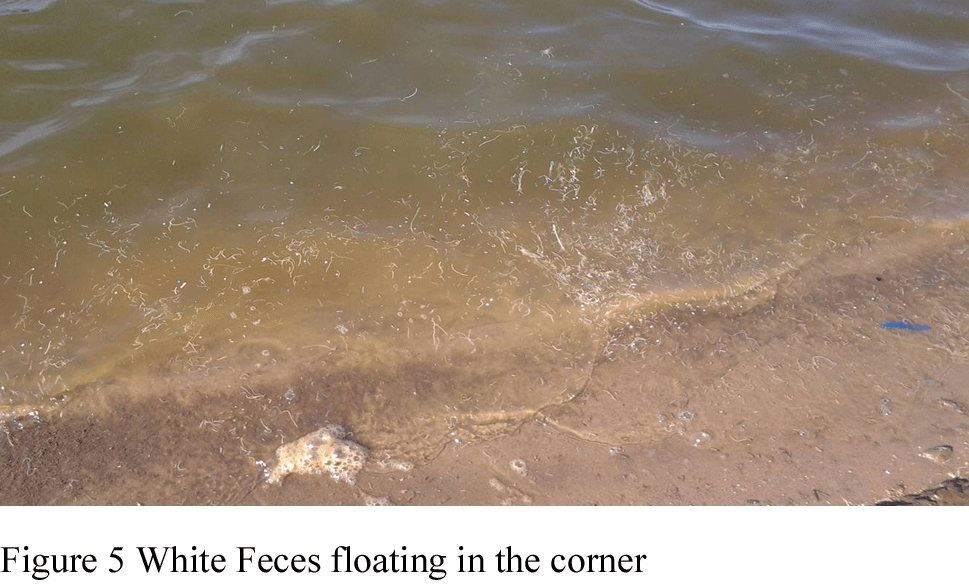
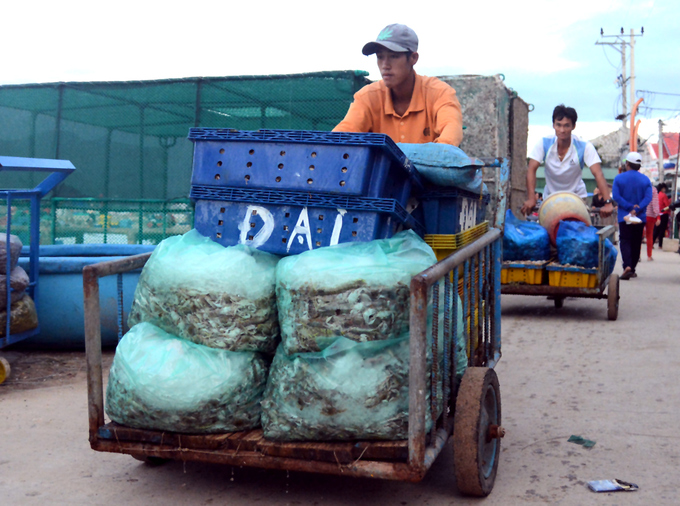

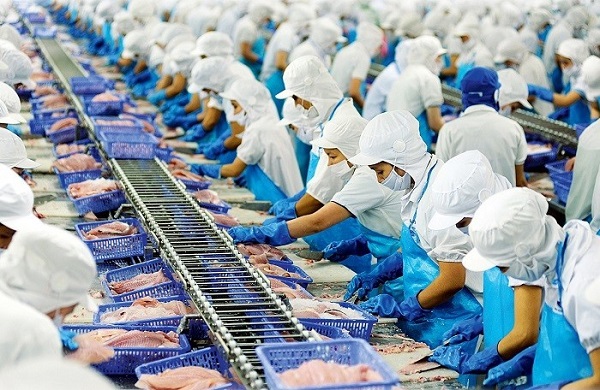

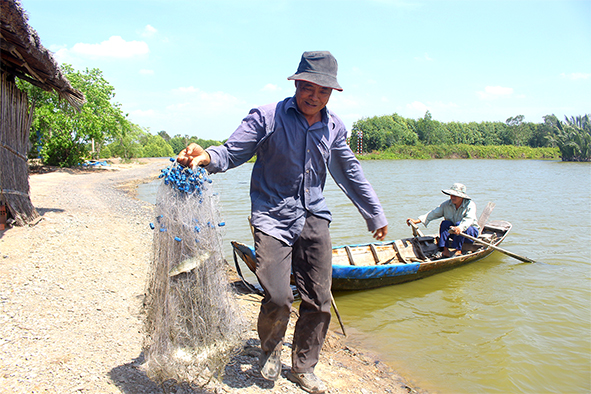
Bình luận bài viết